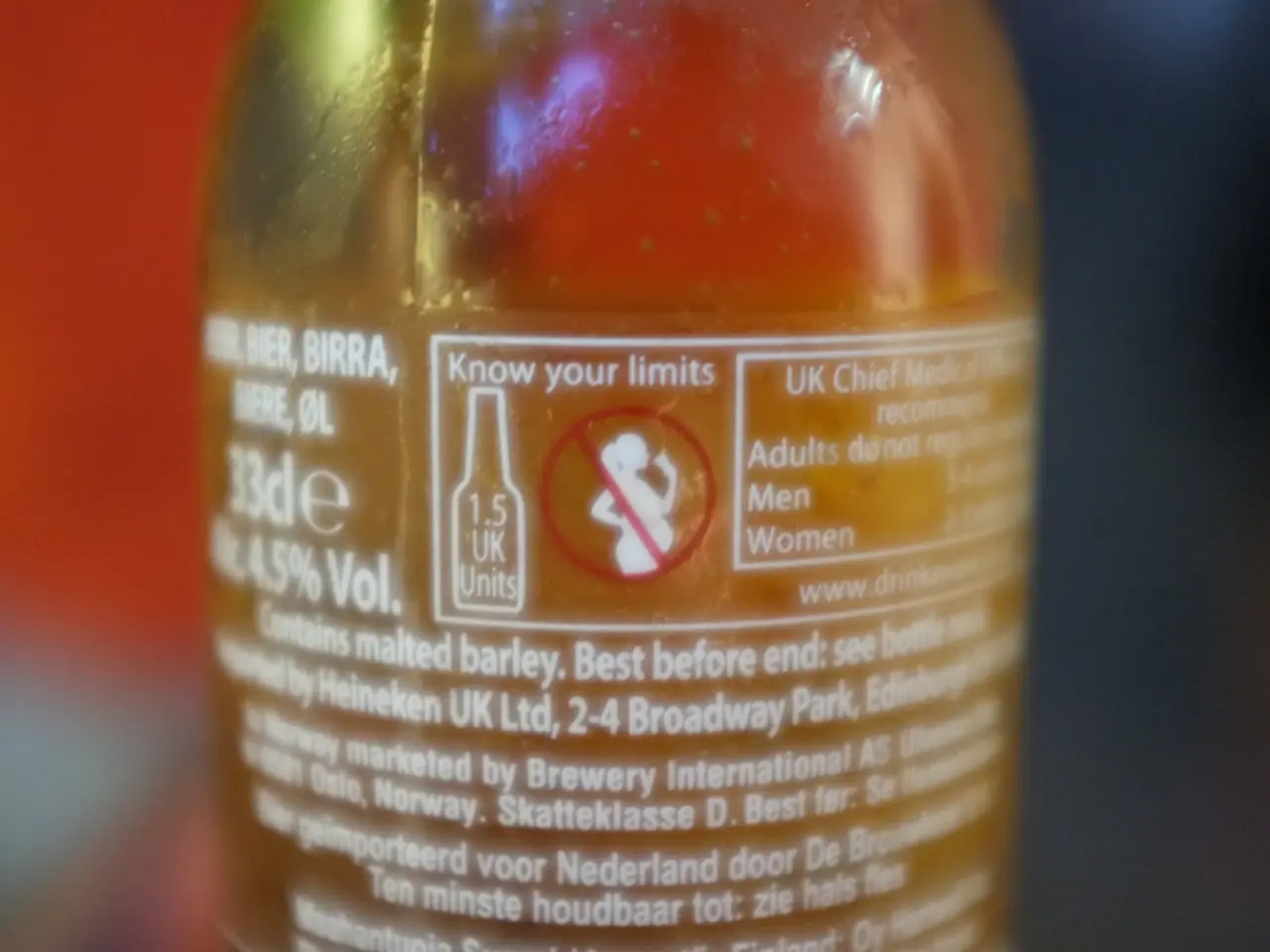Various Finger Splints: Suitable for Both Adults and Children
Finger splints are orthotics used to immobilize injured fingers, protect joints, and reduce pain and swelling while promoting healing. They come in various types, each with its unique benefits and drawbacks, depending on the specific finger condition, age, mobility needs, and comfort requirements of the user.
Types of Finger Splints
Static Splints
Static splints offer immobilization for injured tendons, ligaments, or joints, preventing harmful movements like hyperextension. They support healing by stabilizing the affected area, such as blocking hyperextension in metacarpophalangeal (MP) joint injuries. Static splints for conditions like trigger finger keep the finger straight to prevent tendon triggering. However, because they restrict movement entirely, static splints may contribute to stiffness or loss of range of motion if used too long, especially in younger patients or when gradual mobilization is advisable.
Dynamic Splints
Dynamic splints offer a prolonged stretch for stiff joints, including moving parts to allow controlled mobilization, promote tendon gliding, and encourage joint flexibility and functional recovery. They are used where some movement is beneficial, such as after tendon repairs. However, more complex to fit and adjust, dynamic splints may not be as comfortable or practical for some users, and they are not typically indicated for early immobilization.
Oval-8 Finger Splints
Oval-8 splints are low profile, waterproof, easy to apply, and available in multiple sizes for a customized fit. They are useful in conditions like arthritis, ligament sprain, or post-injury support to reduce pain and protect the finger. However, they can slip off during vigorous finger bending or when wet, potentially reducing effectiveness, and are not ideal for severe immobilization but more for support and mild correction.
Buddy Splints (or Ring Splints)
Buddy splints are useful for mild ligament injuries or hyperextension of the small finger, providing stabilization by linking fingers together. They are simple and cost-effective, but less precise immobilization may not be sufficient for serious injuries.
Considerations for Different Age Groups
Children may require splints that balance immobilization with comfort and ease of wear to encourage compliance. Too rigid or large splints can be intolerable or impede normal hand development. Older adults with arthritis or delicate skin benefit from lightweight, low-profile splints like Oval-8 that reduce pain without excessive bulk. For hypermobile or connective tissue disorder patients, adjustable splints that prevent hyperextension without blocking flexion completely are optimal.
General Drawbacks Across Finger Splints
Improper fit or prolonged use without professional guidance can lead to skin irritation, pressure sores, or reduced joint mobility. Patient comfort critically influences adherence; uncomfortable splints are often discarded, hindering recovery.
Popular Finger Splints
- BodyMoves 5 Finger Splints are available for men, women, and children. Made of nylon and neoprene, they are breathable and easy to put on and remove. They come in one size and five different colours, making them a good option for those who engage in physical activity.
- The BBTO Finger Splints are best for breathability and cost around $11.
- The Semme Finger Splints, priced around $10, offer stability and protection and allow a person to perform exercises to help strengthen their fingers while wearing the splint. They are suitable for individuals with cerebral palsy, Parkinson's disease, and muscle tension.
- The FingerPress Static Progressive Finger Straightening Splint is best for size variety and costs around $80. Its design allows a person to perform exercises to help straighten their finger.
- The Mcvcoyh Buddy Splint Tape is best for mallet finger and costs around $8.
- Semme Finger Splints use a coil to help keep the fingers in a natural position.
Medical Recommendations and Uses
Doctors often recommend splinting for injuries such as mallet finger, which occurs when a person injures the tendon that straightens the finger or thumb. Finger splints can also be beneficial for individuals with conditions like arthritis, ligament tears, or mallet finger. However, healthcare professionals do not recommend finger splints as a standalone treatment for arthritis, but suggest using them in tandem with other management techniques, such as physical therapy and medication.
A review found that orthosis treatments, or finger splints, may help reduce pain and improve pinch strength in primary arthritis in the finger and thumb joints.
Buying Considerations
When buying a finger splint, a person may want to consider size, conditions and design, material, and ease of adjustment. It is essential to consult a healthcare professional for a proper evaluation and recommendation to select the best splint type, ensuring efficacy and comfort.
- The scientific study suggests that orthosis treatments, like finger splints, might predict a decrease in pain and an improvement in pinch strength for individuals suffering from primary arthritis in their finger and thumb joints, highlighting their potential role in health-and-wellness and medical-conditions management.
- In light of the text, it can be inferred that among various finger splints available, the BodyMoves 5 Finger Splints are predictive of comfort due to their breathable and adjustable nature, providing an appropriate option for several age groups and those engaged in physical activity.
- Considering the implications of the given passage, it is worth noting that while dynamic splints are useful for promoting tendon gliding and joint flexibility, they may forecast potential discomfort for some users, making it essential to weigh their benefits against drawbacks.




